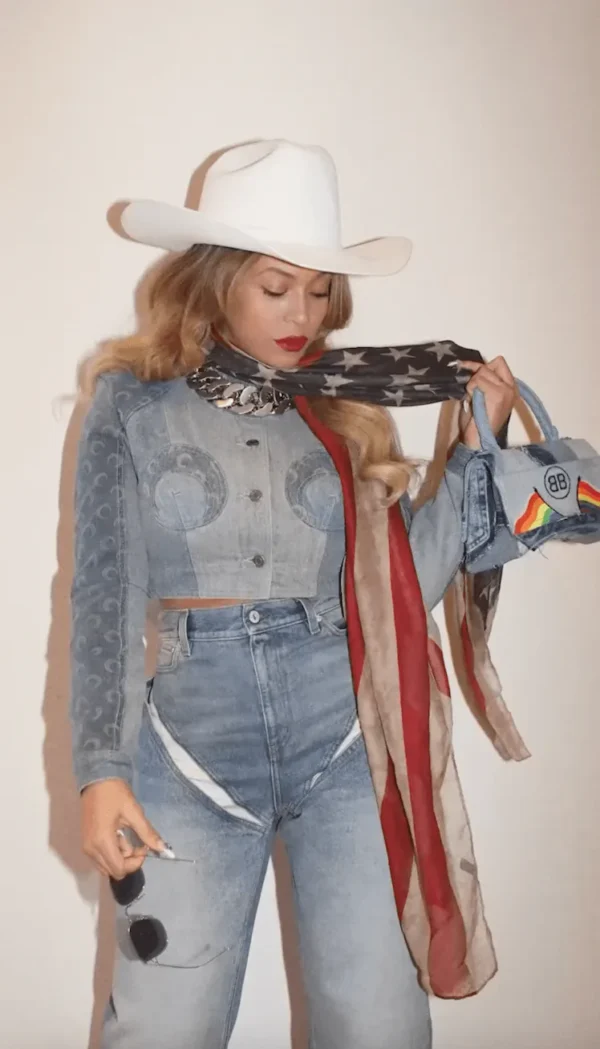
Food For Thought: Why Fashion is one of the Planet’s Biggest Threats

How many times have you been clothes shopping in the last twelve months? How many times do you wear something before you decide it’s time to throw it away? And where do all of those unsold clothes go when they’ve spent months languishing on the sale aisle?
These are probably questions you’ve never really given much thought to, right? But the answers amount to a shocking fact: the fashion industry is one of the most environmentally unsound on the planet. Designer Eileen Fisher claimed that it is “second only to oil,” and others found that it produces as high a level of greenhouse gas as the livestock industry—not surprising considering that some high-end designers burn their unsold stock at the end of a season.
Retail industry insiders have long called for a focus on ethical commerce. After compiling a report in collaboration with Ellen MacArthur, Stella McCartney has insisted that radical changes need to be made to her “incredibly wasteful” industry, and her calls are not unfounded. But just how bad is the situation, and what can be done about it to ensure that garments become greener?
The effects of fashion industry on the environment
Accelerated in no small part by the rise of fast fashion high street brands such as H&M and Primark, the fashion industry is experiencing a constant state of growth worldwide—sales and production have doubled in the last fifteen years. This has coincided with a decline in how many times an item of clothing is actually worn, leading to the disposal of one lorry’s worth of clothing every second. This amounts to an annual total of 15 million tonnes of waste textiles in the USA alone, with only 1.9 million tonnes of that being recycled.
But it’s not just the consumer side which puts the environment in peril; the creation of almost all of our clothing is in some way harmful to the planet. According to the most recent figures, 75% of men’s clothing and 60% of women’s clothing contains some form of cotton. However, cultivating the crop consumes 10% of all agricultural chemicals and 25% of insecticides, and 650 gallons of water for a single t-shirt.

Unfortunately, synthetic textiles are no less sustainable, with some taking up to a millennium to decompose. Furthermore, wastewater containing toxic chemicals from the dyeing causes 20% of industrial water pollution.
Microfibres, which also come from dye, also get released during the washing of some garments—which is sixteen times more harmful and polluting to the world’s oceans than the microbeads found in cosmetics products.
How can clothing retailers and brands improve?
The textiles industry needs a radical overhaul if it wants to maintain its level of growth without causing further damage to the planet. Independent companies are finding ways to manufacture shirts using 95% less water, while major fashion publications are now beginning to provide buyers’ guides to ecologically-conscious couture, often playing up the recycling angle.
However, it should not be entirely on the consumer to make the right decisions; there should simply be a higher proportion of environmentally-friendly clothing brands available. Fortunately, some designers are going a step further. Eileen Fisher, whose indictment of catwalk wastefulness shocked her industry, has made a number of significant pledges for her clothing; the brand is already using 84% organic cotton, 68% organic linen and will make her entire supply chain sustainable by the start of the next decade.
Fast fashion brands also need to step up, and radically alter their business model, putting more emphasis on durability and less on convenience; H&M have already made promises to improve the sustainability of their clothing, following the lead of more upmarket fashion brands.















































